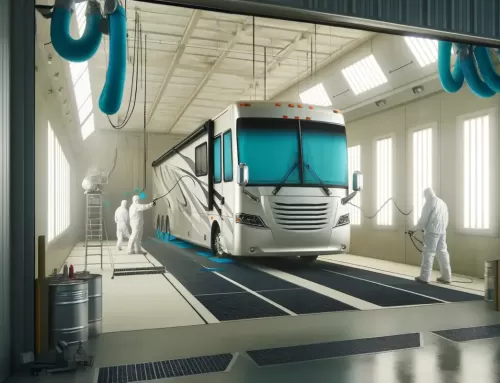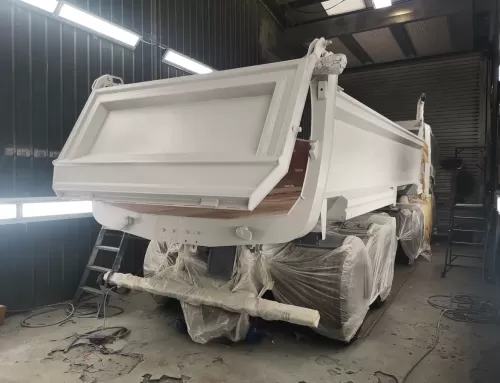Here in Sonoma County, where RV enthusiasts frequently travel between the coast and wine country, maintaining your RV’s fiberglass roof is crucial for protecting your investment.
Let’s explore the key aspects of proper maintenance and professional repairs that ensure your RV stays water-tight and structurally sound.
| Maintenance Area | Key Points |
|---|---|
| Regular Inspection | Quarterly checks for cracks, separations, and seal deterioration |
| Preventive Care | Bi-annual cleaning and UV protectant application |
| Professional Assessment | Annual expert inspection of structural integrity |
| Repair Timeline | Immediate attention to any detected damage |
Understanding Fiberglass RV Roof Maintenance
According to the RV Industry Association, proper maintenance can extend an RV roof’s lifespan by up to 50% [Source: RVIA Technical Bulletin 2023]. Regular inspection and maintenance aren’t just about preserving appearance – they’re essential for preventing costly structural damage.
Professional inspection should focus on several critical areas that commonly develop issues. Our certified RV repair specialists are trained to identify early warning signs before they become major problems.
The most crucial aspect of maintenance is addressing issues promptly. Even minor damage can lead to significant problems if left unattended, particularly in our variable Northern California climate.
Critical Inspection Points
A thorough inspection routine should include:
- Checking all seams and joints for separation or deterioration
- Examining sealants around vents, antennas, and other roof penetrations
- Looking for spider-web cracks in the gelcoat surface
- Inspecting for any signs of water damage on interior ceiling panels
- Testing the flexibility of the fiberglass material
- Checking for UV damage and oxidation
Professional auto body repair expertise is essential for proper assessment and repair. Our auto body repair services include specialized techniques for fiberglass restoration and structural repair.
Long-Term Repair Solutions
Professional repairs must address both immediate damage and underlying causes. According to I-CAR guidelines, proper fiberglass repair requires specific temperature and humidity conditions for optimal curing.
Key repair considerations include:
- Using marine-grade materials designed for outdoor exposure
- Implementing proper surface preparation techniques
- Applying UV-resistant gelcoat
- Ensuring proper ventilation during repairs
- Following manufacturer-specified cure times
The quality of materials and expertise of technicians directly impact repair longevity. Industry data shows that professional repairs last 3-4 times longer than DIY attempts.
Regular Inspection
Perform quarterly checks for cracks, separations, and seal deterioration.
Preventive Care
Clean and apply UV protectant bi-annually to maintain durability.
Professional Assessment
Get an annual expert inspection to verify structural integrity.
Repair Timeline
Address any detected damage immediately to avoid structural issues.
Maintaining Your Investment
- Schedule quarterly inspections
- Clean and protect surfaces regularly
- Address repairs promptly
- Maintain documentation of all service
For expert assessment of your RV’s fiberglass roof condition or to schedule professional repairs, connect with our certified technicians. As Sonoma County’s leading RV repair facility, we’re committed to helping you maintain your RV’s value and reliability for years to come.
Looking for professional RV maintenance or repair? Our I-CAR Gold Class certified technicians are here to help ensure your RV stays in prime condition for all your adventures.





